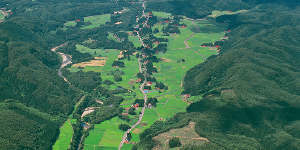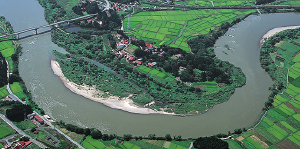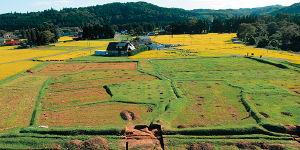The Cultural Heritage of Hiraizumi was inscribed on the World Heritage List (i.e. to become a World Heritage)
at the 35th session of the World Heritage Committee, which was held in Paris, France in June 2011.
Home ≫ World Heritage Hiraizumi
【Property Name】
Hiraizumi - Temples, Gardens and Archaeological Sites Representing the Buddhist Pure Land -
【Component Parts】
【Why is Hiraizumi a World Heritage site?】
In Hiraizumi, there is a well-preserved group of various temples and gardens that were created based on Buddihsm, particularly the thought of Pure Land Buddhism.
These temples and gardens, which were an attempt to create an ideal world, were the product of both influence from abroad and unique developments achieved here in Japan.
The way of representation for the ideal world based on Buddhism in Hiraizumi is very unique.
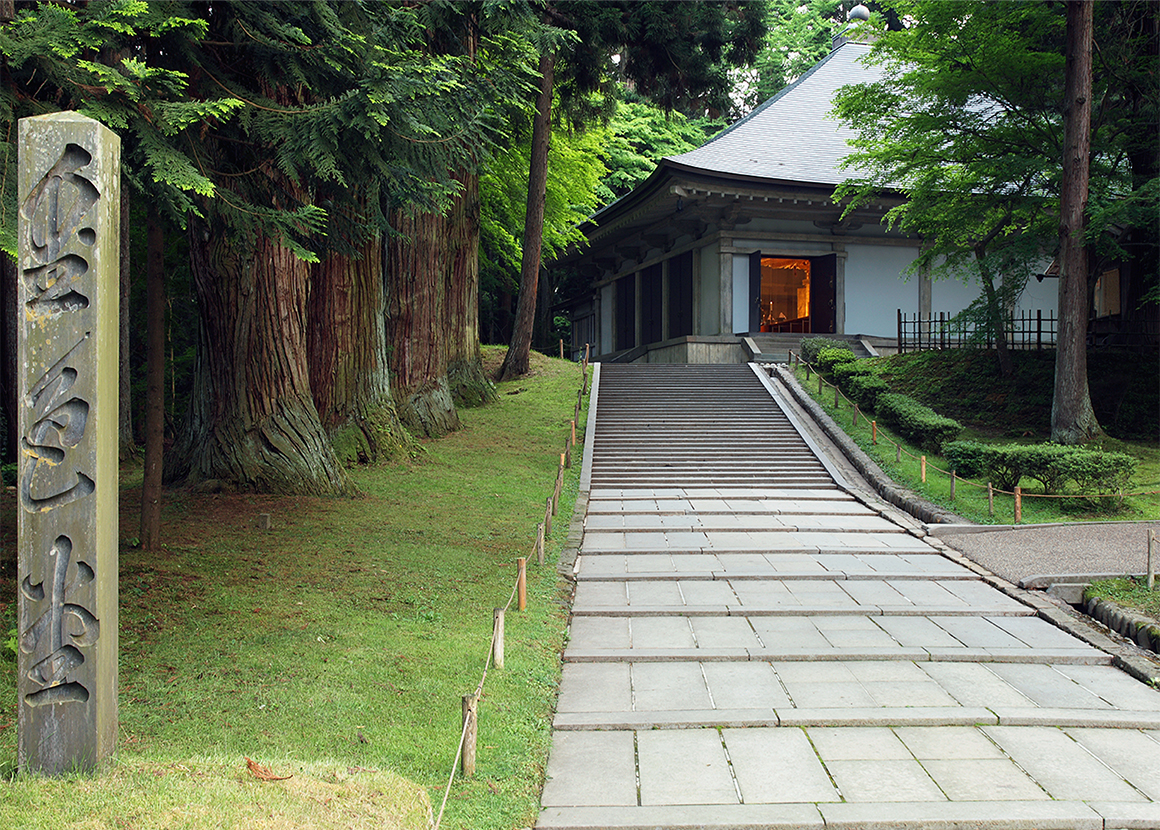
Chūson-ji Keidai [Special Historic Site]
According to temple records, Ennin (Jikaku Daishi, third head abbot of the Tendai sect), founded Chūson-ji in the year 850. Two and a half centuries later, Fujiwara no Kiyohira relocated to Hiraizumi from Esashi (in present-day Ōshū City) and set about building a temple complex here. Kiyohira first sponsored an esoteric "treasure pagoda" known as Tahō-ji. Next, he built a two-storied hall called Daichōju-in. Finally, in 1124, the Konjikidō (golden hall) was completed. The interior of the golden hall is an artistic tour de force combining and preserving the cream of twelfth century Japanese artistic technique.
Further information here
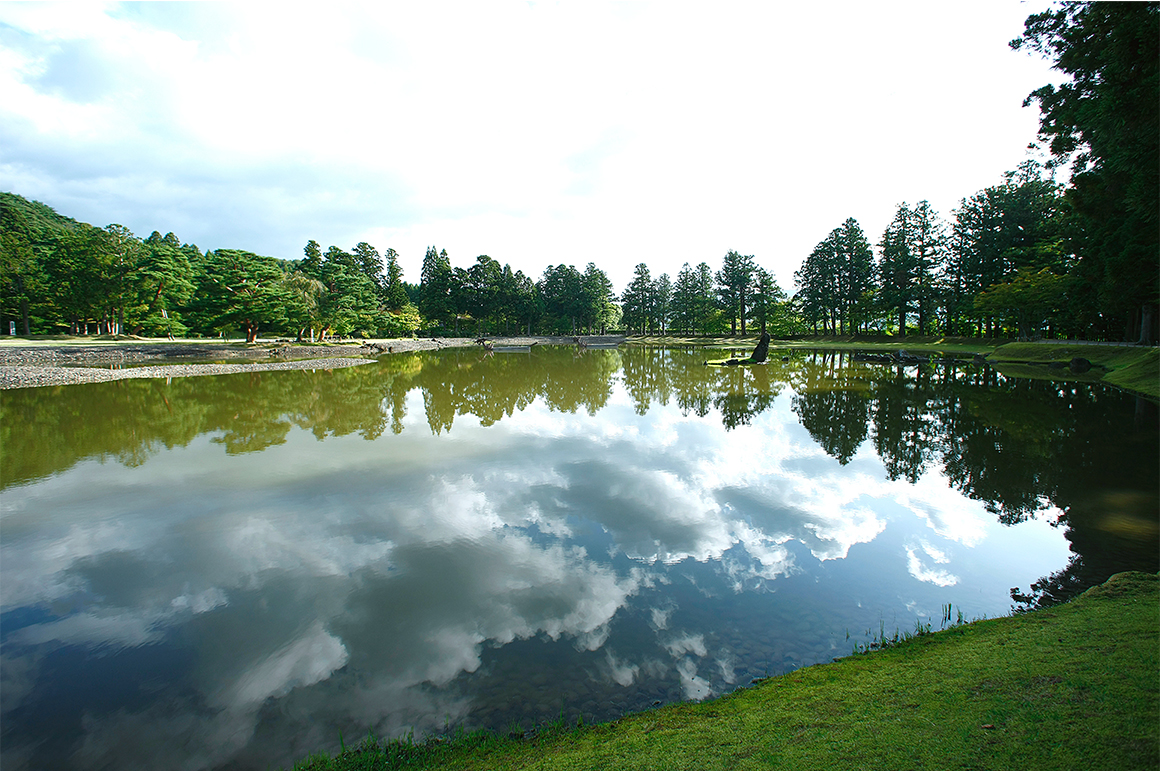
Mōtsū-ji Keidai Tsuketari Chinjusha Ato [Special Historic Site]
Mōtsū-ji Teien [Special Place of Scenic Beauty]
The temple garden of Mōtsū-ji has been doubly recognized as a Special Historic Site and Special Place of Scenic Beauty, a tribute to its extraordinary cultural value. The temple itself, like Chūson-ji, is said to have been established in 850 by Ennin (Jikaku Daishi, third head abbot of the Tendai sect.) Building began here in the twelfth century, during the time of Fujiwara no Motohira, and was completed by his son, Hidehira. At its peak, Mōtsū-ji was home to more than forty halls and pagodas, and more than five hundred monks' quarters. Its main hall, Enryū-ji, was considered "without peer in all the land" by medieval sources. The garden is centered on a pond known as Ōizumigaike, an exemplar of the elegance of Heian era gardening technique.
Further information here
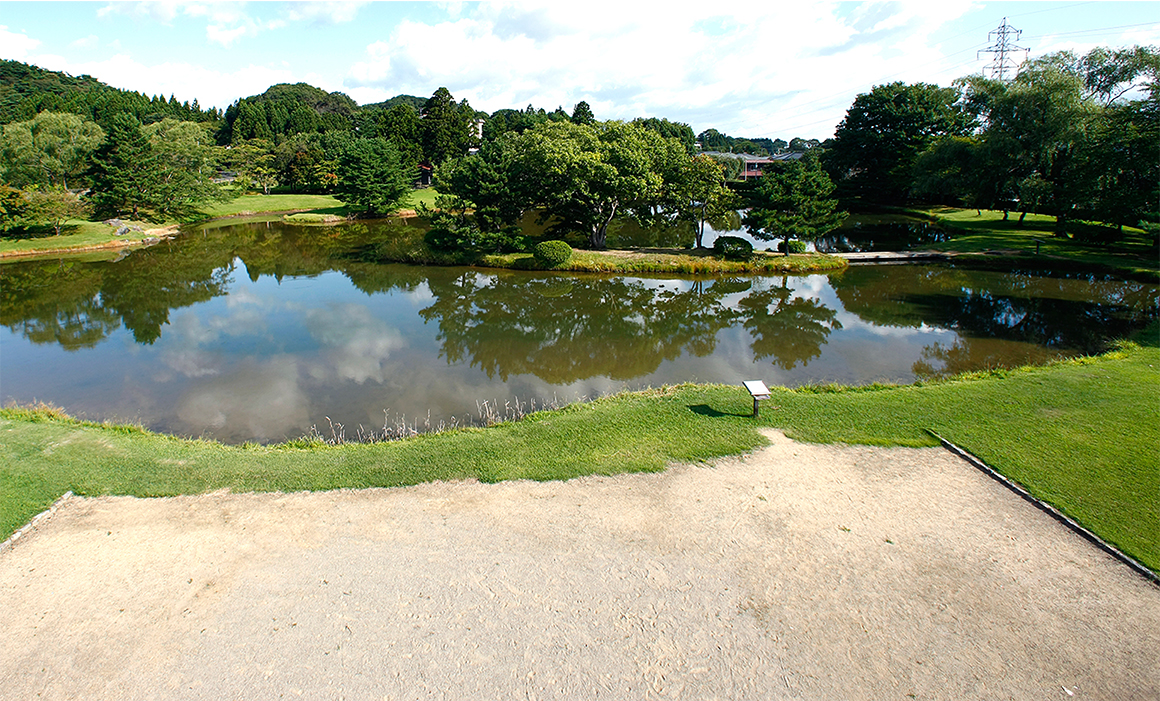
Mōtsū-ji Keidai Tsuketari Chinjusha Ato [Special Historic Site]
Kyūkanjizaiō-in Teien [Place of Scenic Beauty]
Commissioned by the wife of Fujiwara no Motohira, Kanjizaiō-in stood next to Mōtsū-ji. Only the temple gardens remain. The garden is centered on Maizurugaike Pond, which is distinguished by elements representing rocky coastline and beaches, and a central island. Two Amida (Amitābha) halls were situated north of the pond, one large and one small. The entire area has been restored as a historic park open to the public.
Further information here

Muryōkō-in Ato [Special Historic Site]
The last of Hiraizumi's great temples was built in the style of the Amida Hall (Hōōdō) of Byōdō-in of Uji, outside of Kyoto. Sadly, the temple grounds have been almost completely transformed into paddyland, leaving only the pond remains (including the central island) and foundation stones. The temple grounds were longer north-south, with the central east-west axis extending from the eastern gate through the central island and main hall on to the peak of Mt. Kinkeisan. Thus, for worshippers at Muryōkō-in, twice annually at the equinoxes the sun set directly into the mountain, epitomizing the religious significance of the west as Pure Land of Utmost Bliss of Amida Buddha (Amitābha). This carefully calculated design, which afforded visitors to the temple a virtual experience of the Western Paradise of Amida, distinguishes Muryōkō-in from its model, the Amida Hall. In preparation for World Heritage inscription, excavations of the temple site continue along with efforts to preserve and manage the surrounding landscape.
Further information here
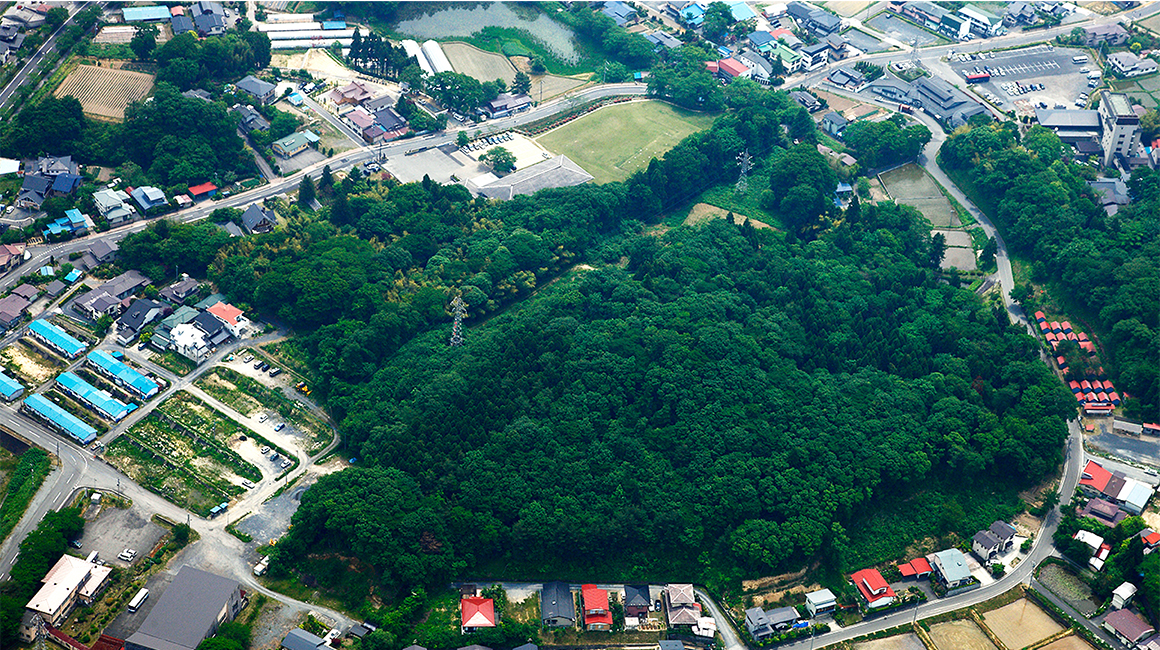
Mt. Kinkeisan [Historic Site]
Located between Chūson-ji and Mōtsū-ji, Mt. Kinkeisan is famously said to have a golden chicken and rooster pair buried at its peak as protectors of the city. This has not been substantiated, but Hiraizumi was defended by sutras buried at Kinkei's sacred peak by each generation of the Ōshū Fujiwara clan. When the famous haiku master Matsuo Bashō visited Hiraizumi, he observed sadly that, "only Mt. Kinkeisan retains its form." Near Mt. Kinkeisan's trailhead is a five-tiered stupa said to mark the grave of Minamoto no Yoshitsune's wife and children, who perished with the fugitive hero in Hiraizumi.
Further information here
Into the Future
Hiraizumi has been registered as a World Heritage site, recognized for the universal value of its remarkable buildings and gardens that directly express Pure Land Buddhism. Hiraizumi's history and culture are multifaceted. We are spreading the word far and wide about Hiraizumi's diverse value, and feel that the many tangible and intangible cultural assets related to the registered properties here are also important. The Yanagi no Gosho Site and Takkoku no Iwaya (Hiraizumi Town), Honederamura Shoen Site (Ichinoseki), Shirotoritate Site and Chōjagahara Haiji Site (Ōshu City) are particularly important historic ruins for understanding Hiraizumi.
In order to further tell the world about the valuable things found in Hiraizumi, we are moving forward with our objective to add to and expand the registered properties.
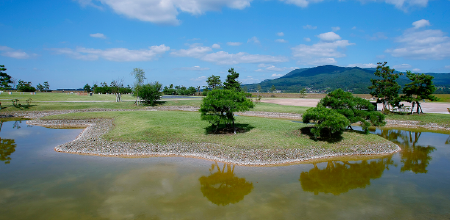
Yanaginogosho and Hiraizumi Iseki-gun [Historic Site]
This area by Kitakamigawa River at the foot of Takadachi was thought to have been the residence of Fujiwara no Kiyohira and his son Motohira. However, six-year emergency excavations that began in 1988 with plans for a major bypass road indicated something altogether more interesting. Continued excavations have unearthed enormous quantities of high quality relics and remains from the twelfth century—strongly suggesting that Yanaginoosho Iseki was the governmental center of Hiraizumi (Hiraizumi no Tachi) recorded in the Azumakagami, the official history of the Kamakura shogunate.
Further information here
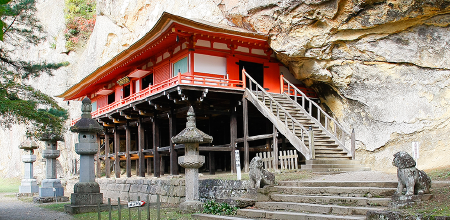
Takkoku no Iwaya [Historic Site]
The temple is said to have been founded in 801 by generalissimo Sakanoue no Tamuramaro to commemorate his success in subduing disturbances among the local population, and give thanks to the protection of the buddhas. It is said that when barbarian-conquering generalissimo Sakanoue no Tamuramaro crushed local resistance to imperial rule in 801, he commissioned this temple and enshrined in it 108 statues of Bishamon (Vaiśravaṇa, protector of the north and the Buddhist law) making Takkoku no Iwaya a subsidiary to Kyoto's famous Kuramadera temple. According to the legendary account of this battle, which was enormously influential in medieval society, the resistance leader, Akuroō, was hiding out in this cave when he was defeated by Tamuramaro. Minamoto no Yoritomo, founder of the Kamakura shogunate, prayed here on his way back to Kamakura. The temple grounds are also home to the northernmost Buddhist image carved into a rock face in Japan.
Further information here
It returns to the home page




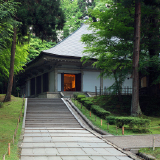 Chūson-ji
Chūson-ji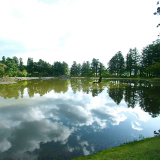 Mōtsū-ji
Mōtsū-ji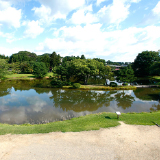 Kanjizaiōin Ato
Kanjizaiōin Ato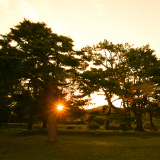 Muryōkōin Ato
Muryōkōin Ato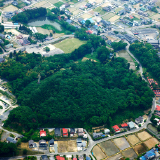 Mt. Kinkeisan
Mt. Kinkeisan








